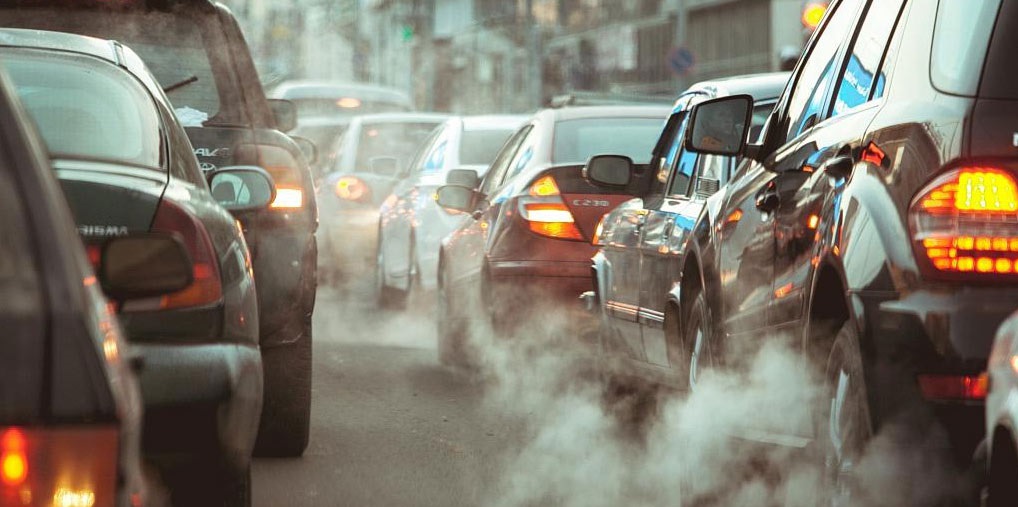Traffic is one of the most pressing issues facing cities and urban areas worldwide. The sheer volume of vehicles on the road significantly impacts the environment, contributing to air pollution, greenhouse gas emissions, and climate change. In this article, we will explore the impact of traffic on the environment and discuss how we can reduce its impact.
The impact of traffic on the environment
Air Pollution
One of the most significant environmental impacts of traffic is air pollution. Cars and trucks release pollutants, including nitrogen oxides, carbon monoxide, and particulate matter, which can have serious health effects. These pollutants can lead to respiratory problems, heart disease, and cancer. In addition to the direct health effects, air pollution contributes to climate change.
Greenhouse Gas Emissions
Traffic is a significant source of greenhouse gas emissions, primarily carbon dioxide (CO2). CO2 is the primary greenhouse gas responsible for climate change. As the number of cars on the road increases, so does the amount of CO2 released into the atmosphere. This has led to rising global temperatures, melting ice caps, and rising sea levels, with catastrophic consequences for the environment and human civilization.
Noise Pollution
Traffic also contributes to noise pollution, which can negatively impact the environment and human health. Prolonged exposure to noise pollution can lead to hearing loss, sleep disturbance, and other health problems. In addition, noise pollution can disrupt natural habitats, causing stress and harm to wildlife.
Urban Heat Island
The urban heat island effect is another environmental impact of traffic. The constant movement of vehicles on roads and highways generates heat, which can lead to increased temperatures in urban areas. This can negatively impact human health, including heat stroke and dehydration. It can also contribute to air pollution, as higher temperatures can increase the formation of ground-level ozone.
Impacts on Biodiversity
Traffic can have a significant impact on biodiversity. As roads and highways are built, natural habitats are destroyed, and wildlife is displaced. This can lead to a loss of biodiversity, which is critical for maintaining healthy ecosystems. In addition, traffic can lead to wildlife fatalities as animals attempt to cross roads and highways.
One of the primary environmental impacts of car braking is the release of brake dust. Brake dust is a fine powder generated when the brake pads press against the rotors. The dust is composed of various materials, including metals such as copper, iron, and aluminum, as well as carbon and other organic materials. These materials can be harmful to the environment and human health. Car braking is an essential driving component, but it can significantly impact the environment. When a car brakes, it releases particulate matter, brake dust, and other pollutants into the air, which can harm the environment and human health. In this article, we will explore the effects of car braking on the environment.
Solutions:
Several solutions can help reduce the impact of traffic on the environment:
- Public Transportation:
One of the most effective ways to reduce the impact of traffic on the environment is to promote public transportation. Public transportation systems such as buses, trains, and subways can reduce the number of cars on the road, leading to lower emissions and improved air quality.
- Alternative Modes of Transportation:
Alternative modes of transportation, such as biking and walking, can also help reduce the impact of traffic on the environment. By promoting active transportation, cities can reduce the number of cars on the road and promote healthier lifestyles.
- Electric Vehicles:
Electric vehicles are an emerging technology that can help reduce the impact of traffic on the environment. Electric vehicles produce fewer emissions than traditional vehicles, and they are becoming increasingly popular as battery technology improves.
- Sustainable Urban Planning:
Sustainable urban planning can help reduce the impact of traffic on the environment. By designing cities and urban areas to promote alternative modes of transportation and reduce the need for driving, cities can create a more sustainable future.
Conclusion:
Traffic is a significant source of environmental pollution and degradation. The impacts of traffic on the environment are far-reaching and can have serious consequences for human health, biodiversity, and the climate. By promoting public transportation, alternative modes of transportation, electric vehicles, and sustainable urban planning, we can reduce the impact of traffic on the environment and create a more sustainable future. We must take action to address the issue of traffic and work together to create a healthier and more livable environment for ourselves and future generations.



